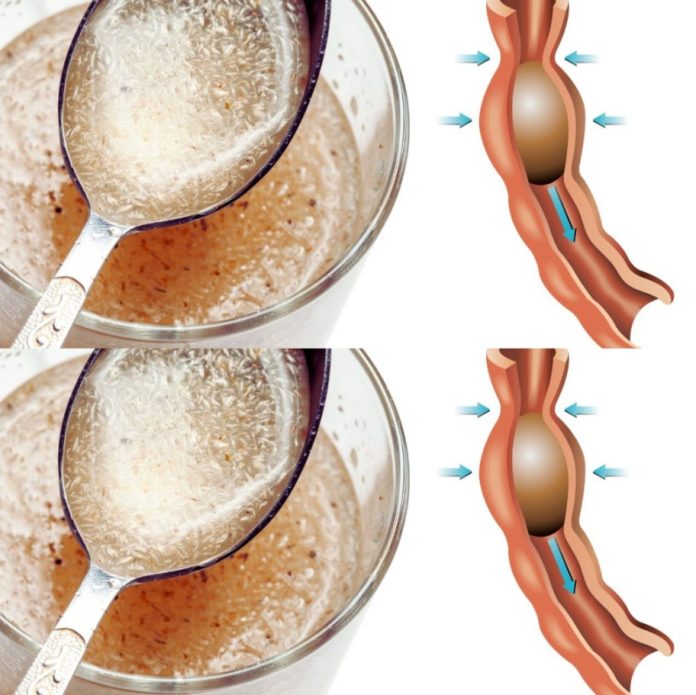In recent years, understanding the role of fiber in blood sugar management has become increasingly vital due to the rise in diabetes and prediabetes cases around the world. The focus on dietary changes to regulate blood glucose is no longer just a trend but a necessity for many individuals. One of the most powerful dietary components in this regard is fiber, specifically soluble fiber.
Its impact on blood sugar control is profound, helping to prevent sharp spikes and promoting better long-term glycemic management. This article delves into how fiber affects blood sugar, the broader health benefits it offers, and practical ways to incorporate more fiber into your daily routine.
How Fiber Affects Blood Sugar Control
Slows Glucose Absorption
When soluble fiber enters the digestive system, it transforms into a gel-like substance. This gel binds to carbohydrates and slows their digestion and absorption. This process helps to moderate the rate at which glucose enters the bloodstream, preventing rapid blood sugar spikes. As a result, meals with high fiber content are far less likely to cause the sudden spikes in blood sugar that are typical of refined carbohydrates.
Reduces Post-Meal Glucose Spikes
One of the most compelling reasons to increase fiber intake is its ability to reduce the rise in blood sugar levels after eating. Studies have demonstrated that incorporating just two tablespoons of fiber twice daily can significantly lower blood sugar levels following meals. The reduction is remarkable, with up to 13% after breakfast, 65% after lunch, and 41% after dinner. This effect is particularly beneficial for individuals managing diabetes or prediabetes, as it directly influences the control of post-meal glucose fluctuations.
Supports Long-Term Blood Sugar Management
Fiber plays an important role in managing blood sugar over the long term. Consuming an additional 11 to 13 grams of fiber per day can lead to a reduction in hemoglobin A1c levels, which is a critical marker for average blood sugar over the previous two to three months. A decrease of even half a percentage point in A1c can significantly improve overall glycemic control and reduce the risk of complications related to diabetes.
Enhances Insulin Sensitivity
Another significant benefit of fiber is its impact on insulin sensitivity. Fiber has been shown to improve insulin sensitivity by nearly two points, allowing the body to utilize glucose more effectively. This results in better regulation of blood sugar levels and reduces the strain on the pancreas, which has to produce less insulin to control glucose levels. Improved insulin sensitivity can be an essential factor in managing type 2 diabetes and preventing its onset in at-risk individuals.
The Broader Health Benefits of Fiber
While the focus on fiber and blood sugar control is critical, fiber’s benefits extend far beyond just glucose management. Here are some additional advantages that make fiber an indispensable component of a healthy diet.
Cardiovascular Health
High-fiber diets are consistently linked to lower rates of heart disease. Fiber helps lower blood cholesterol levels, particularly LDL cholesterol, which is a primary contributor to heart disease. Soluble fiber, in particular, binds to cholesterol molecules and removes them from the body, reducing the risk of plaque buildup in the arteries and improving overall heart health.
Reduced Risk of Cancer
Diets rich in fiber, especially from fruits, vegetables, and whole grains, are associated with a reduced risk of certain types of cancer, including colon and breast cancer. Fiber helps by promoting healthy digestion and regular bowel movements, which in turn reduce the time that potentially harmful substances stay in the colon. Additionally, fiber-rich foods often contain a wealth of antioxidants and phytonutrients that support cellular health.
Longevity
Increasing fiber intake has also been linked to improved life expectancy. Studies show that individuals who consume higher amounts of fiber have a 45% lower risk of death from any cause. This remarkable statistic highlights fiber’s far-reaching benefits, which go beyond blood sugar control and contribute to overall health and longevity.
Incorporating More Fiber Into Your Diet
Increasing fiber intake can be done through a combination of dietary sources and supplements. Fiber is found in both soluble and insoluble forms, with each type offering unique benefits. Soluble fiber is particularly effective in controlling blood sugar, while insoluble fiber aids digestion and promotes gut health. Below are some excellent sources of fiber from both categories.
Fruits: Apples, pears (with skins), berries, citrus fruits, and plums provide rich amounts of soluble fiber that help moderate blood sugar levels. The skins of fruits, like apples and pears, are especially high in fiber, so it’s important to enjoy them unpeeled for maximum benefit.
Vegetables: Leafy greens, broccoli, cauliflower, carrots, and sweet potatoes are fantastic sources of fiber, particularly when eaten with their skins. These vegetables also provide essential vitamins and minerals that support overall health.
Legumes: Beans, chickpeas, lentils, and peas are some of the most fiber-dense foods you can eat. They offer both soluble and insoluble fiber and are excellent additions to soups, stews, salads, and more.
Nuts and Seeds: Almonds, walnuts, sunflower seeds, and pumpkin seeds contain fiber along with healthy fats that benefit heart health. They make great snacks or can be sprinkled over salads or oatmeal for added texture.
Whole Grains: Oats, quinoa, brown rice, barley, and whole wheat pasta are excellent sources of fiber. Whole grains help slow glucose absorption, providing steady energy throughout the day and contributing to long-term blood sugar control.
Practical Tips for Increasing Fiber Intake
Incorporating more fiber into your daily meals doesn’t have to be difficult. Here are some practical tips to ensure you’re getting enough fiber throughout the day:
Breakfast: Start your day with a bowl of oatmeal topped with fruits such as berries or apples, and add a handful of nuts like almonds for extra fiber. You can also include chia seeds or flaxseeds, which are high in soluble fiber.
Lunch: A salad packed with leafy greens, chickpeas, and a sprinkle of seeds is an easy and fiber-rich meal. Add some quinoa or whole grains to your salad to increase the fiber content even further.
Snacks: Opt for whole fruits like an apple or pear, or enjoy a handful of nuts or yogurt with berries. These snacks are both satisfying and full of fiber, making them ideal for keeping blood sugar levels in check.
Dinner: For dinner, include a portion of beans or lentils in your dish, or opt for a whole grain like brown rice or quinoa. These foods provide plenty of fiber while also contributing essential nutrients.
Conclusion
Fiber plays an indispensable role in managing blood sugar levels, offering both short-term relief from post-meal glucose spikes and long-term benefits for overall glycemic control. Beyond its role in blood sugar management, fiber offers a wealth of health benefits, including improved cardiovascular health, a reduced risk of certain cancers, and increased longevity. By incorporating fiber-rich foods like fruits, vegetables, legumes, and whole grains into your diet, you can enjoy these health benefits while also improving your blood sugar control.
Whether you’re looking to manage diabetes or simply optimize your health, increasing fiber intake is a simple, effective, and delicious way to make a positive impact on your well-being. As always, it’s a good idea to consult with a healthcare provider before making significant changes to your diet, especially if you have an existing health condition.










